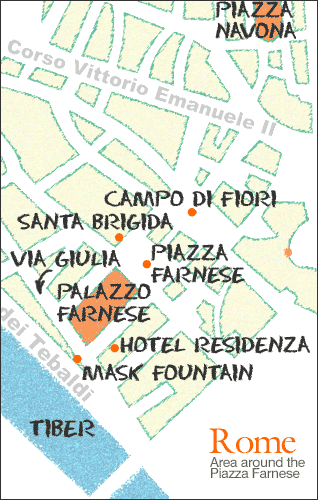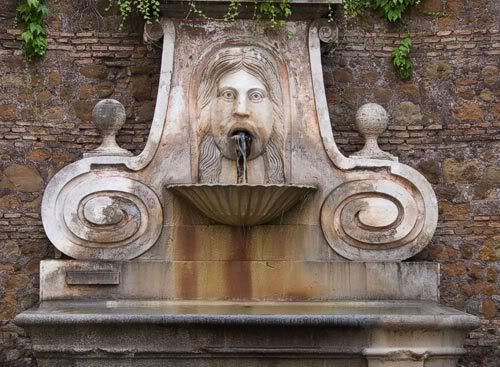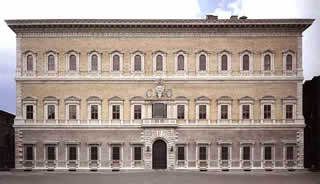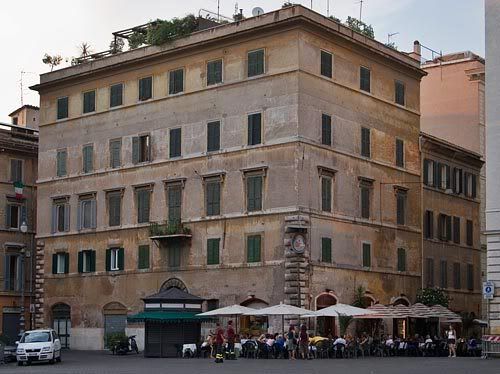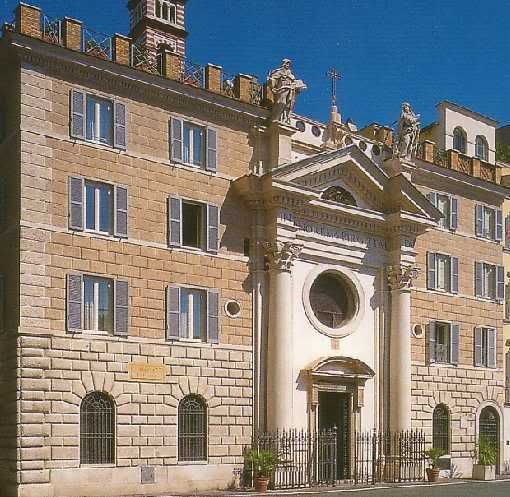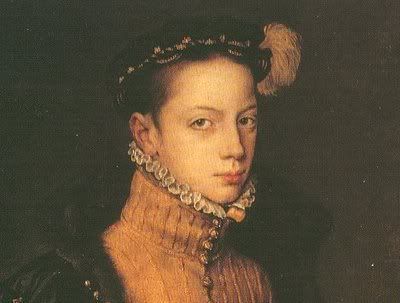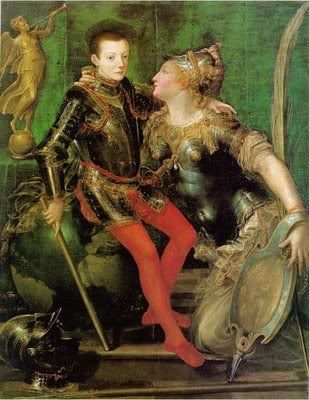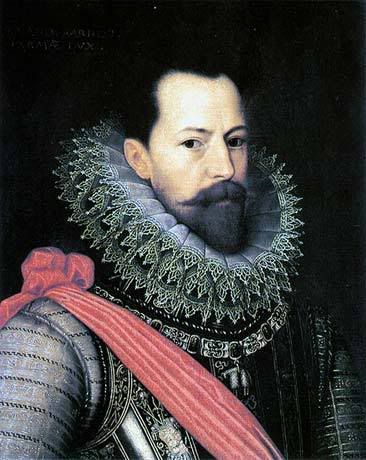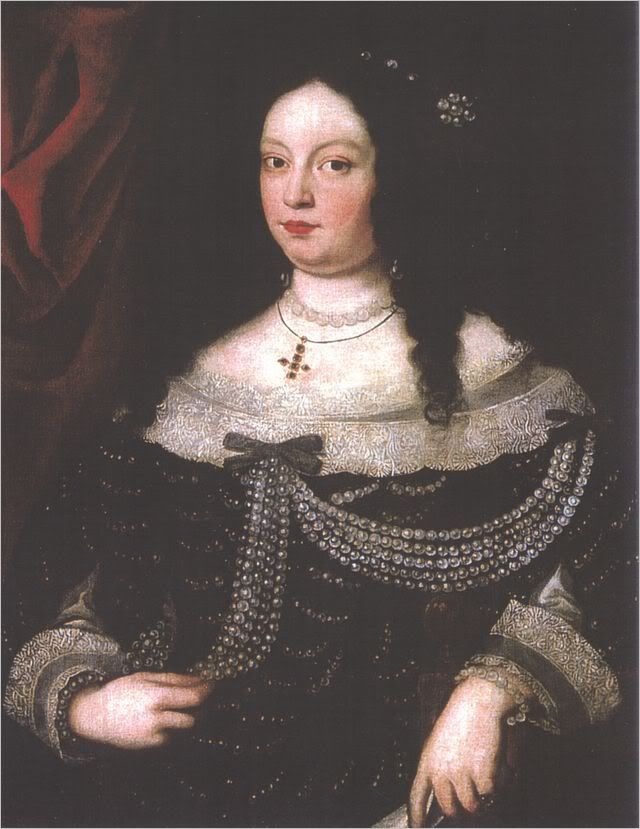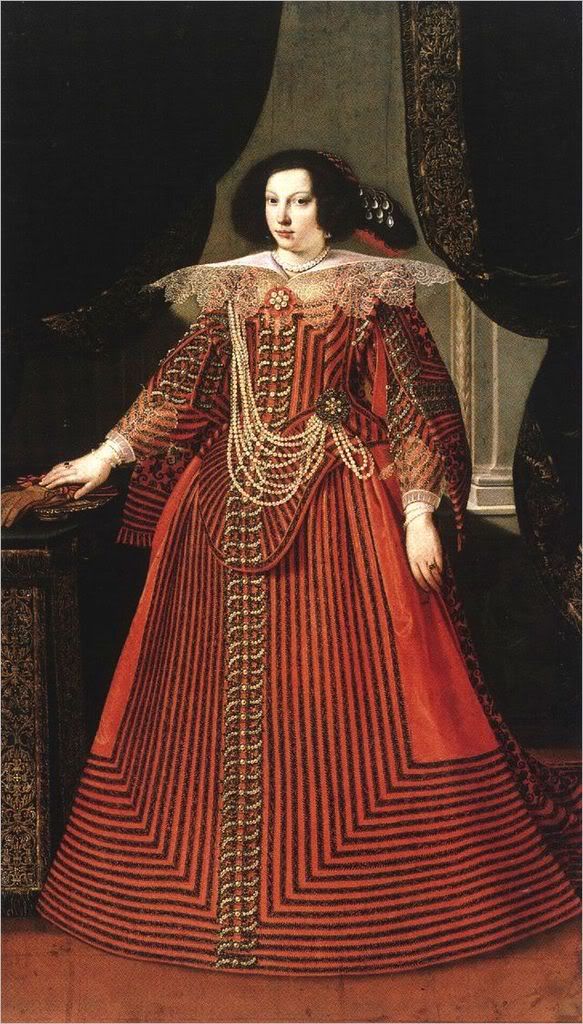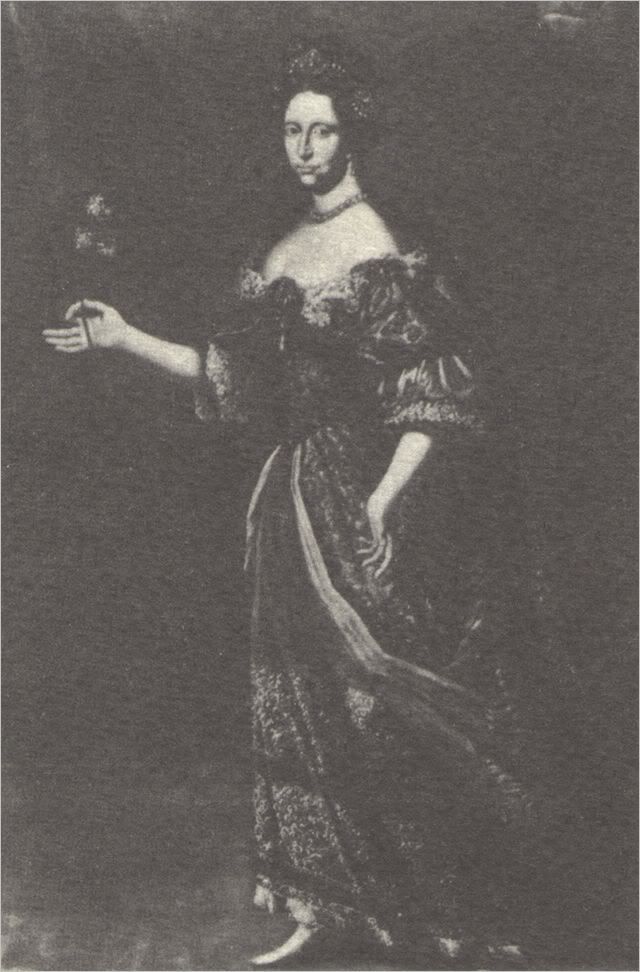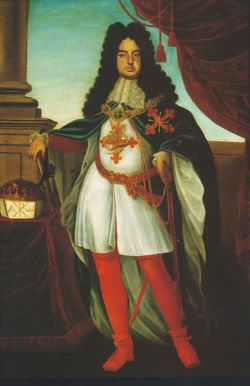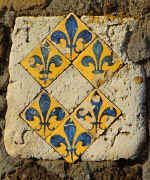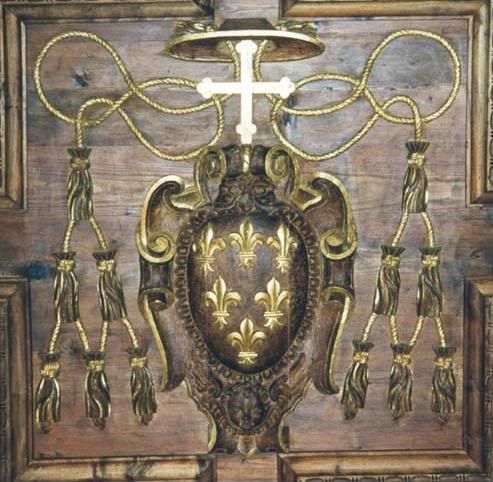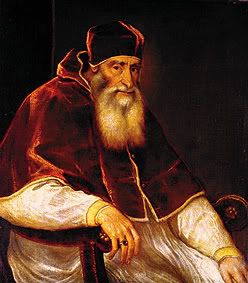
 From pp 194-196 the book 'Under The Heel of Mary'
From pp 194-196 the book 'Under The Heel of Mary'chapter 'Poland and the Conversion of Russia':
At once Mary appeared before him holding two crowns, one white, the other red. She told him the white crown was for purity, the red fpr martyrdom 1Under the 'caesaro-papism' of Nicholas II, the Russian Empire's six million Catholics were forbidden to proselyize and their clergy cut off from Rome Lenin's decree of January 1918 separating church and state (and the school from religiob) seemed, in its provision of 'freedom of conscience', like a chink in the armour of Orthodox Russia. In the year of the revolution the pope granted autonomous staus to the Sacred Congregation for the Eastern Church and founded the Pontifical Institute for Oriental Studies under Jesuit direction.
Saint of Auschwitz: The Story of Maksymilian Kolbe
In April 1918 he ordered the prefect of the Vatican Library to Wardaw as the first visitor apostolic for a hundred years. In the newly independent Poland, Mgr Ratti, who as nuncio had taken the suggestive title of Archbishop of Lepanto, became involved in a complex scheme to isolate the Bolsheviks through a federation of Catholic nations in central and eastern Europe: Bavaria, Austria, Slovakia, Bohemia, Hungary and Croatia The mastermind of this abortive plan was the Jesuit General Vladimir Ledochowski (1915-42), an aristocratic Austrian Pole, who also counted on the support of nuncio Pacelli (the future Pius XII) in Berlin Franciscans, it was rumored, "were waiting at the frontiers of Austrian Poland' to fulfill the Russian Christian's expectations of a Messiah'. Bolshevism would 'pass like an evil dream'.
The mystique that 'Mary' would have lent to the 'Ledochowski Plan' is particularly clear in the case of Poland, where the seventeenth century vows of King Jan Casmir were still regarded as valid in order to repulse the Swedish and Muscovite invaders, Jan Casmir entrusted the 'Polish Commonwealth' to the Virgina and proclaimed her 'Queen of the Polish Crown' As the royal vows were made in Lwow (now part of the Soviet Unions) and embraced the duchies of Lithuania, Ruthenia, Prussia and so on, they form the religious cornerstone of Polish irredentism.
Impressed by Polish Marianism and 'attachment to the Church and the Supreme Pontiff', Ratti witnessed in August 1920 the 'Miracle of the Vistula' - the battle on the feast of the Assumption at which Marshal Pilsudski routed the Russians against all odds, a victory attributed to the intervention of Our Lady of Czestochowa.
Once providence had put several million Russian Orthodox and Greek Uniat Christians into Polish territory, a savage crusade was launched to 'Polanize' these 'schismatics' Churches were burnt and desecrated by Polish troops and thousands of priests were arrested.
The nuns of the Sacred Heart, whose Polish operation had been closed down in 1874, were welcomed back during this period [Pope] Benedict XV, failing to denounce the 'Catholic terror' , made an important move in the Mariological sphere by conferring on the hymnographer and Orthodox saint Ephraem the Syrian the title and honors of 'Doctor of the Universal Church' (October 1920).
Della Chiesa's famed generosity was given full reign during the Volga famine of 1921. An official relief mission providing food and clothing for a million children was maintained for two years under Fr Edmund J Walsh, S.J. Regent of the School of Foreign Service at Georgetown University (Washington), Walsh took the opportunity of entering into secret negotiations with the Soviets, liaising with the White House as well as the Vatican.
Rome's proposals were hindered by Church-backed aggression from Poland (also a recipient of Vatican aid) which led to the execution in Russia of one Catholic prelate as a counter revolutionary agent
Negotiations were finally dropped when the Soviets decided to rehabilitate the Orthodox faith through the ephemeral 'Living Church', whose hierarchy declared the regime 'the only rule in the world that achieves on earth by governmental means the ideals of the Kingdom of Heaven' The Vatican then resorted to an undercover priesthood led by Pacelli in 1926. Three years later the 'Russicum' college was founded at Rome under d'Herbigny to train ordinands for the conversion of Russia.
A major division to spring from this Ostpolitik was the Militia Immaculate, which thrived during the military dictatorship of Pilsudski (1926-35). This mixed (religious and lay) apostolate is significant as much for the continuing theological influence of the founder, St Maximilian Kolbe (1894-1941) as for its [ostensibly] anti-Masonic inspiration and 'dynamic Catholic Marian Action'.
The Knights of the Immaculate were conceived on the fast day of Marguerite Marie Alacoque in 1917 while Kolbe - favored at the age of ten with an apparition of the Virgina -- was attending the Gregorian University. The immediate objective of the Franciscan student was to combat the lodges in the eternal city by means of prayer and the distribution of Miraculous Medals; even today, the stated aim is the 'conversion of every person living in sin, heresy, schism and especially Freemasonry, and the growth in holiness of all persons, under the sponsorship of the BVM Immaculate'. Propagation of Catherine Laboure's charm remains mandatory and anti-Masonic 'ejaculations' are encouraged.
Members are ranked, like the enemy, in three 'degrees': MI-1 for ordinary mebers; MI-2 for activists (in recruitment, propaganda and Marian evangelization); MI-3 - a truly heroic degree, mainly for religious', who live 'in limitless consecration and mystical union with Mary'.


Continuing Roman Catholic Confirmations










